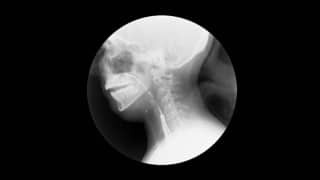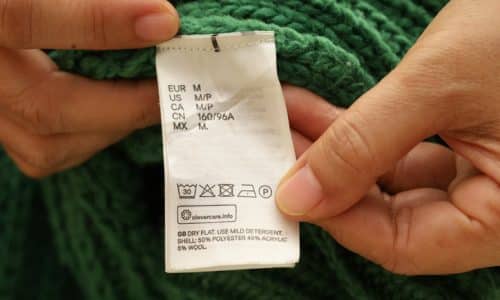Breathing, eating and drinking are absolutely necessary to stay alive. While some infants and children may not be the most enthusiastic of eaters, every child needs adequate nutrients and fluids to grow and develop. Unfortunately, some children can have physical challenges that make eating and drinking uncomfortable or even painful. Imagine Pediatric Therapy is here to explain how we swallow, what could go wrong and how issues can be diagnosed.
With every breath we take, air enters the pharynx and larynx in our throat and through the trachea, a long tube, before it reaches the lungs. Similarly, when we swallow food or liquid, that also passes through the pharynx and larynx. However, the food or liquid passes through our esophagus before entering the stomach. A small piece of tissue, the epiglottis, acts like a flap and covers the trachea when we swallow food or drink so these do not go into the trachea and cause choking. Breathing reflexively pauses as we swallow. When everything is working as it should, there is a graceful and effortless coordination between our breathing mechanisms and our eating/drinking mechanisms.
With this complicated dance, it’s a wonder things don’t go awry more often. When it does, your child may have trouble swallowing, known as Dysphagia. Infants may exhibit nervous excitement or energy because of an inability to swallow – or they may just spit up constantly or excessively every time they breast feed or take a bottle. Dysphagia can lead to aspiration, food or fluid going into the airways or lungs. This can lead to pneumonia and other respiratory illnesses. Older children may complain of soreness when they swallow. They may be constantly trying to clear the throat because of a sensation that food is stuck in their throat.
It’s important to promptly identify and treat your child’s dysphagia. Your Imagine Pediatrics speech language pathologist (SLP) will perform a swallowing assessment and may recommend a swallow study, most often a videofluoroscopic swallow exam or study (VFSE or VFSS), also known as the modified barium swallow study.
A VFSS test is a relatively minor procedure completed in a radiology lab and is used to assess how well your child swallows.
An SLP and/or a radiologist will give your child liquid barium, and if they are old enough, light solids like applesauce with barium, and then solid food like a barium-coated cookie. While your child is swallowing, a real-time form of x-ray, a fluoroscopy, will show the SLP and radiologist how the physical structure of your child’s muscles are working. They will also examine how secretions and saliva are swallowed, how breathing and swallowing are occurring, and how effectively the epiglottis is performing. They will also be able to check for any abnormal structural problems in your child’s throat. (photo credit Children’s Hospital of Philadelphia)
Your Imagine Pediatrics SLP will interpret the results provided after the study is completed and then create an individualized plan of care to help your child safety tolerate their least restrictive diet.
Your child may need further intervention if we detect:
- changes in breathing pattern;
- changes in alertness;
- changes in coloring;
- nausea and vomiting
- signs of distress
Getting an accurate and prompt diagnosis and identifying the cause of swallowing issues is the first step in helping your infant or child. Your child’s SLP will determine where challenges occur during the swallowing process and craft a therapy plan to mitigate these problems.
When your infant or child shows signs of a swallowing disorder, the time to act is right this minute. Imagine Pediatric Therapy is here with the tools you need for diagnosis and treatment to ensure your child’s survival and ability to thrive. Call 312-588-5050 for an immediate consultation.



